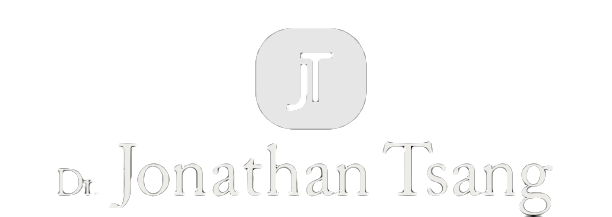Pre-screening protocols
Pre-screening protocols and triage, either by virtual/remote technology or by telephone, must be provided for all patients. This includes asking patients:
if they have symptoms of COVID-19
cough
sore throat
shortness of breath
runny nose, sneezing, post-nasal drip(coryza),loss of smell (anosmia) with or without fever
if they have had close contact or have been in isolation with a suspected case in the last 14 days
if they have travelled internationally in the last 14 days
When speaking with patients during scheduling and appointment reminders, ask patients to:
Reschedule if they become sick, are placed on self-isolation or have travelled out of the country within the last 14 days.
Attend appointments alone where possible and not to bring friends or children.
Remind them to bring their own face covering
Will be waiting in the car until we are ready to see them
Blood pressure, pulse ox and temperature will be taken upon arrival and appointments may be rescheduled based on results
Find out specifics about what the issue is, how long it has been going on, pain, swelling, sensitivity, pt expectations about what they are hoping to have done (eg. saving tooth, extracting tooth, etc.) so appropriate consent forms can be emailed.
Receipts will be emailed, not printed.
limit paper being transferred between people (can we do something about claim forms?)
Consent forms to be emailed to patients ahead of time if the procedure is known
For staff:
Masks to be worn all day by all staff
If you are not showering at the office, you should still be changing and then showering immediately upon returning home.
Clinical shoes should be different than the shoes worn home.
If you are sick and you believe it is COVID-19, stay home
All patients are to be treated as if they have COVID-19 even though they will be screened over the phone.
from the college and Bonnie Henry:
'in-person services must only proceed when the anticipated benefits of such services outweigh the risks to the patient, the health professional, and the greater community. It is always safer for the patient and the provider to stay home if at all possible.'
